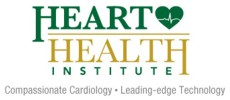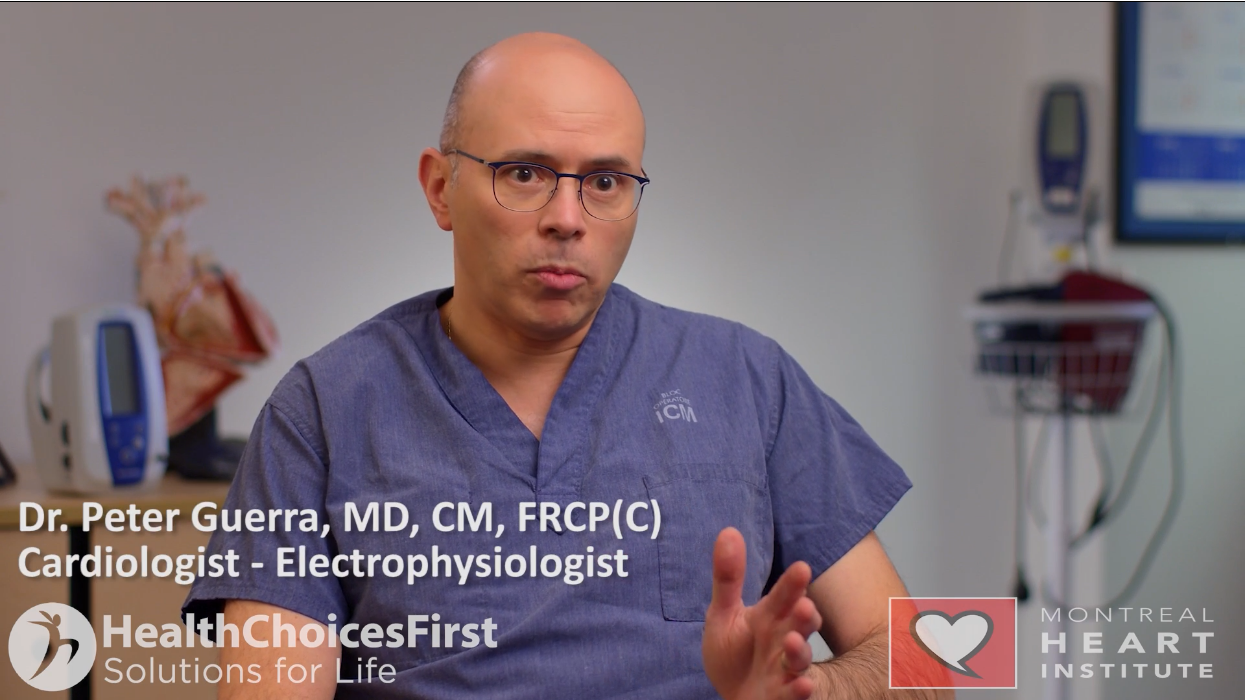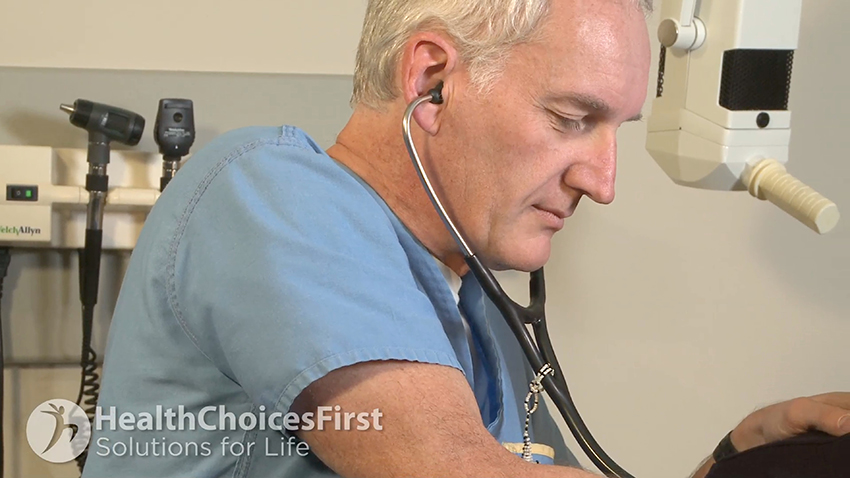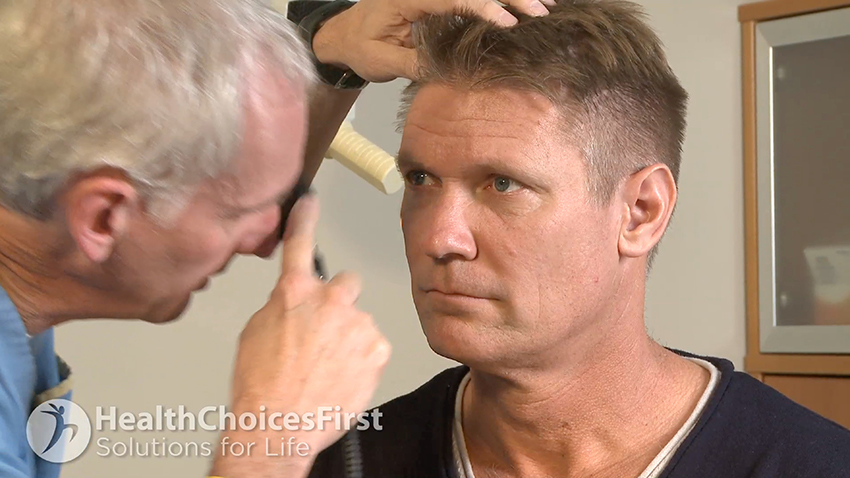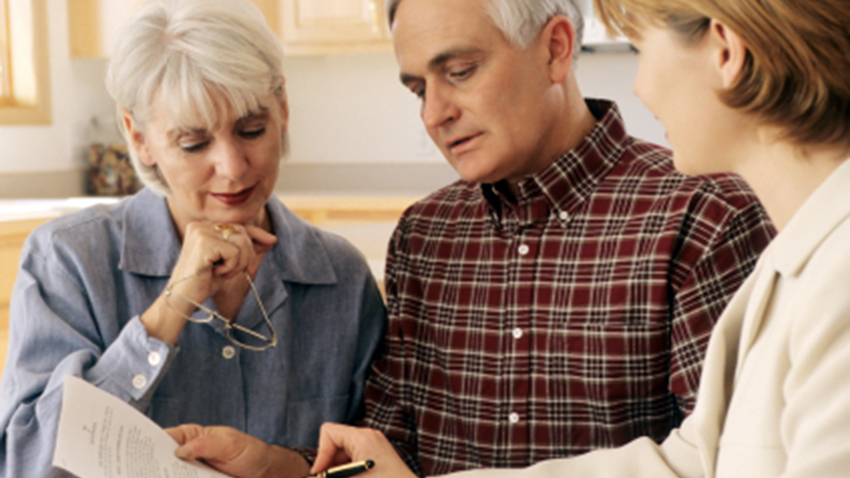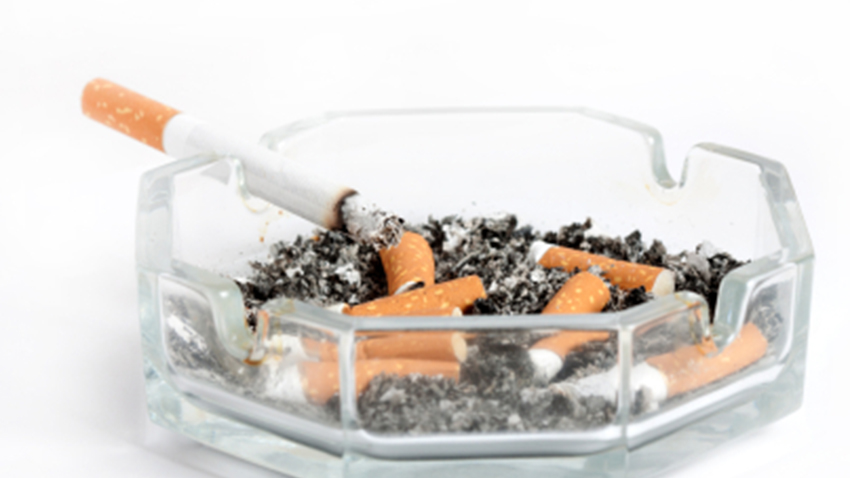Atrial Fibrillation
Atrial fibrillation is an irregular heartbeat, also called an arrhythmia, that can increase your risk of heart failure, stroke, blood clots and other heart conditions. A normal heart contracts and relaxes to a regular beat, but if you have atrial fibrillation, the atria (upper chambers) beat out of sync with the ventricles (lower chambers). This can cause blood to pool in your atria, causing blood clots that travel to your brain and cause a stroke.
Cardiac Rehabilitation
Patients that have experienced a heart attack need a very specialized rehabilitation program to get them back to optimal health. A carefully monitored exercise rehabilitation program that patients can do at home is part of treatment plan.
Cardiac Stents -PCI
If a coronary artery is narrowed by a buildup of plaque, it can reduce blood flow to the heart muscle. A stent is a small wire mesh tube that is placed in an artery to help keep it open, lessening your risk of having a heart attack. To open a narrowed artery and implant a stent, a surgeon may perform an angioplasty or a percutaneous coronary intervention (PCI).
Heart Attack
A heart attack (acute myocardial infarction) happens when muscle tissue in the heart is denied the flow of oxygen-rich blood due to a blocked artery. Heart attack symptoms include chest pain, shortness of breath and sweating. Heart attack prevention involves reducing risk factors such as high cholesterol, smoking and obesity.
Heart Disease Prevention Strategies
Heart disease is an increasing problem in our society today. High blood cholesterol is a major risk factor for heart disease and stroke, so keeping your cholesterol at healthy levels is important. Lifestyle changes include choosing healthy fats such as polyunsaturated and monounsaturated, quitting smoking and exercise.
Nutrition
Healthy eating is an essential part of daily life at any age. We may need to work with a nutritionist to customize a healthy eating plan to manage a disease such as hypertension or diabetes, to encourage weight loss or maintain a healthy weight, to increase energy for sports and activities, or part of an eating disorder treatment plan.
Pacemakers
A pacemaker is a small device that's placed in the chest or abdomen to help control abnormal heart rhythms. This device uses electrical pulses to prompt the heart to beat at a normal rate.
Smoking Cessation
Smoking cessation drastically reduces your risk of developing diseases such as lung cancer and heart disease. Quitting smoking can be difficult, fortunately there are a variety of smoking cessation tools including prescription drugs and nicotine replacement aids such as gum or sprays.
Stroke
A sudden diminution or loss of consciousness, sensation, and voluntary motion caused by rupture or obstruction (as by a clot) of a blood vessel of the brain.
अलिंद विकम्पन से पीडि़त मरीजों को स्ट्रोक से बचाव
Dr. Milan Gupta, MD, FRCP, हृदय रोग विशेषज्ञ द्वारा अलिंद विकम्पन से पीडि़त मरीजों को स्ट्रोक से बचाव के बारे में सलाह।
房顫患者預防中風
周醫生, 醫學博士,外科學碩士,理學碩士,加拿大皇家醫學院院)、心脏病专家,讨论房颤患者预防中风。Dr Chi-Ming Chow, MD, MSc, FRCPC, FACC, FASE, Toronto, Ontario
房颤患者预防中风
周医生, 医学博士,外科学硕士, 理学硕士,加拿大皇家医学院院士, 心脏科医生, 討論房顫患者預防中風。
用CHADS評估心房顫動病人中風的風險
周醫生, (醫學博士,加拿大皇家醫學院內外科院士,心臟科醫生),討論如何用CHADS評估心房顫動病人的中風風險
